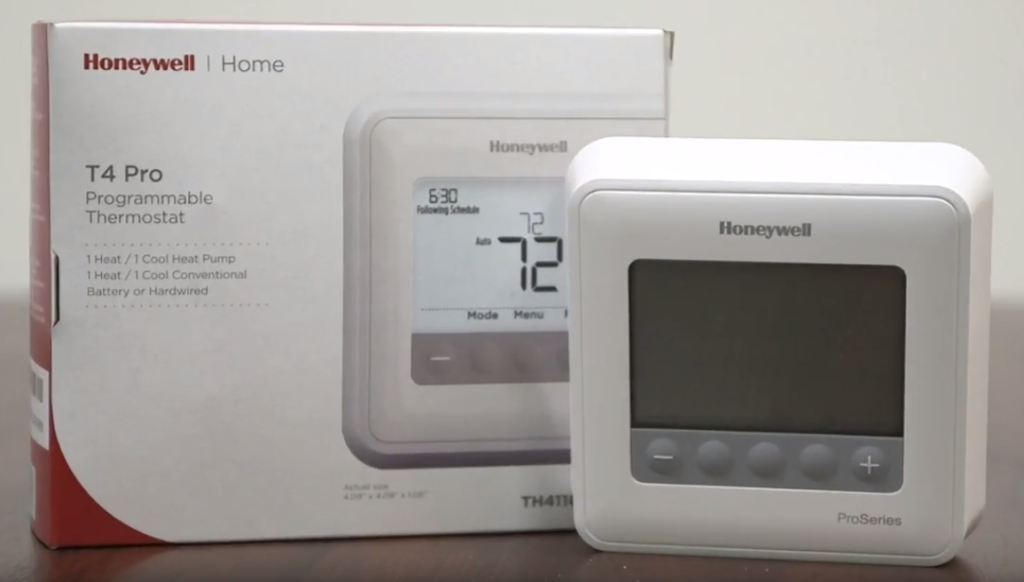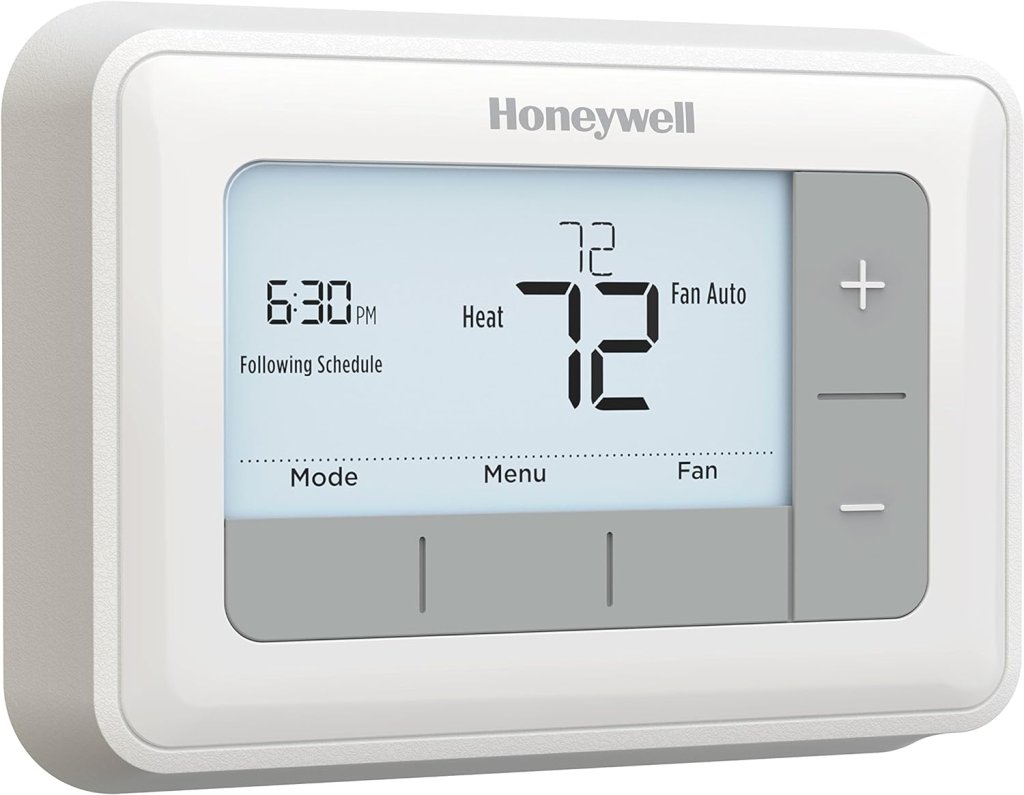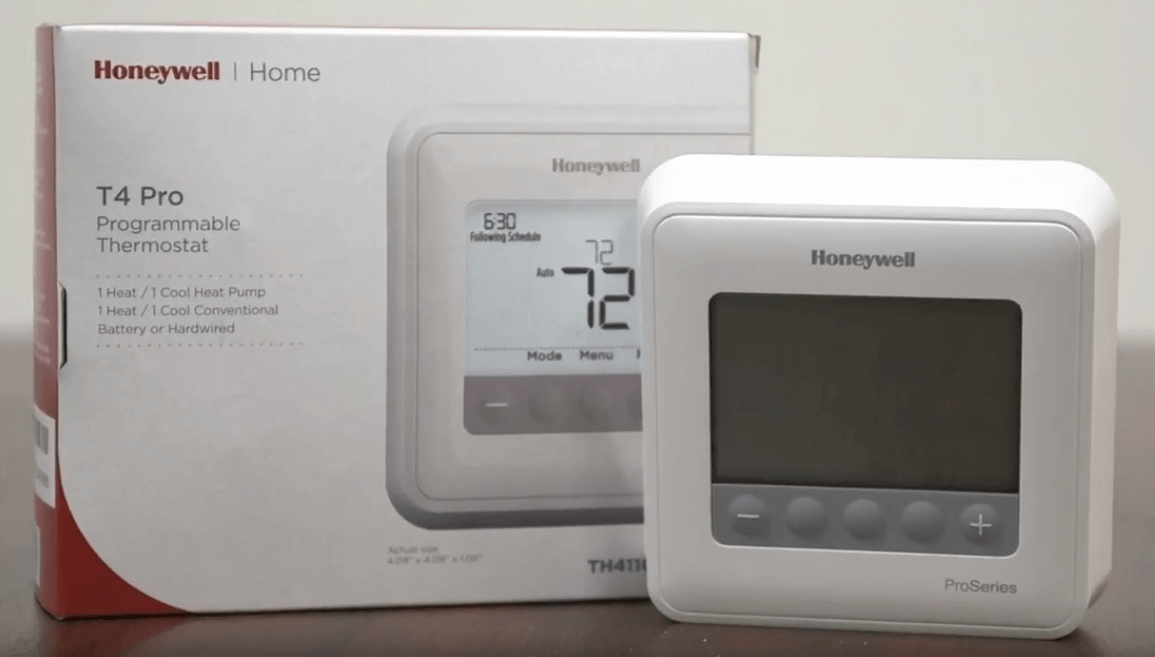
The small things around you are big factors in making your life comfortable. You may not give these small acts a thought, but they keep you sane; they keep you grounded.
Imagine coming out of the kitchen from a sweltering hot and sweaty cooking session only to realize that the temperature in your living room or bedroom is too hot. Frustrating, isn’t it?
You often pay minimal attention to your thermostat’s temperature, mode, optimal setting, etc. You just come home, turn it on, and trust the thermostat with it.
But did you know that there are small settings you can make to your thermostat that take not more than 5 seconds but can make a difference? Not just in temperature optimization but also in how you feel about it overall.
Wondering if its time to get a complete Honeywell thermostat reset after all?
What Do You Need to Know About the Thermostat?

A Thermostat is a simple temperature control device that allows you to control the temperature in enclosed spaces such as homes, rooms, etc. It includes relays, switches, and valves that work cohesively to determine room temperature and adjust it to desired limits.
Managing the thermostat works on two settings. This includes the auto mode and the On mode. The HVAC system blower in the thermostat is responsible for blowing either hot or cold air across the room and, thereby, analyzing the temperature and adjusting it till the optimal temperature is reached.
People often get confused as to which mode is ideal for their home setting, which mode might be more cost-effective, and what are the true differences between these modes.
Let’s examine these modes within a thermostat and how they differ from one another.
Exploring the Auto Mode

In the auto mode, your thermostat in itself identifies the temperature and turns on automatically. It signals the internal system to start the fan or switch it off depending on the temperature of the room. The fan system shuts down if the temperature of the room has reached the desired levels.
Advantages
- Energy Savings: You can save on your electricity bills because the fan isn’t constantly overworked. It works only as per needs.
- Filter Savings: You won’t need to keep replacing the filters because the air circulation occurs only when required, being shut down during the rest of the day.
- Understanding System needs: Auto Mode understands your thermostat in a way you can’t. It has been designed and calibrated in a way that reads the internal system well and doesn’t load the system.
Disadvantages
- Uneven: One issue that may arise is that some spots of your home, especially the furthest nook or corner, could feel hot or cold. The air circulation may not be evenly hot across the home. Therefore, you can experience hot or cold spots across your home.
- Air Quality: It is believed that the indoor air quality may not be as good as the always-on mode. With limited or infrequent circulation, it is expected that the air quality may differ when using auto mode.
Exploring the On Mode

As the name suggests, the always-on mode simply stays on throughout the day. It constantly circulates the Air throughout the home at a constant, consistent low speed.
Advantages
- Consistent Air Flow: The beauty of an always-on mode is that there is consistent, uniform airflow throughout the house all the time. This ensures that the Air is being evenly distributed and regulated because of the consistent fan speed. For example, getting cooler Air in the kitchen area and hotter Air in the bedroom. This is achieved because of even circulation.
- Clean Air: reiterating on the Clean Air. Because of consistent circulation across the home, you get access to cleaner Air as compared to the auto mode.
- Motor life impact: If you frequently start and shut down your thermostat, it can have an impact on the internal systems. As opposed to the always-on that can help extend the overall longevity.
Disadvantages
- Energy Bills: Of Course, having the fan always on can have a downside to it, which is the energy bill. Therefore, expect a slightly higher bill than a regular one.
- Filter Change: You might have to frequently change your filters because of the constant fan that may tend to become dirtier more often.
- Older Models: Be wary because not all models are designed to be in an always-on mode for the whole time. It can heat up the system and result in malfunctions.
Conclusion
Choosing the right mode for your own lifestyle is important. For example, those who suffer from allergies are advised to opt for always-on mode as the air quality is better.
Those choosing more economical options and a budget-friendly electricity bill can save a few bucks on the auto mode. If you have pets or elderly at home that need care and cannot handle these themselves, it is better to have the always-on mode as default.
Again, depending on how the thermostat effect works in different rooms, you can make a more informed choice on which one works best for you.
Frequently Asked Questions
Should Fans Be on Auto or On in Winter?
Generally, in the case of an older model or furnace, keeping the fan on all day may run up your energy costs. In this case, it is best to have your energy efficiency systems on or the auto mode on.
Should I Always Keep My Fan On?
If you keep the fan on the whole day, it can result in a lot of even circulation heating and cooling. This will eliminate any hot or cold spots around the house and have a more uniform and even airflow around the house.
Eriksson Fernandez
Related posts
Stay connected
Today's pick
- The Importance of Professional Handyman Services for Your HomeYour home is your sanctuary, a place of comfort and security, but maintaining it can be a daunting task. From routine maintenance to unexpected repairs, there’s always something that needs attention. While many homeowners might be tempted to tackle these jobs themselves, not all tasks... The post The Importance of Professional Handyman Services for Your […]

